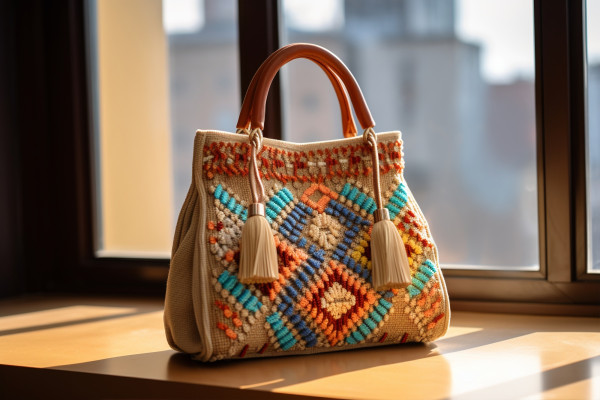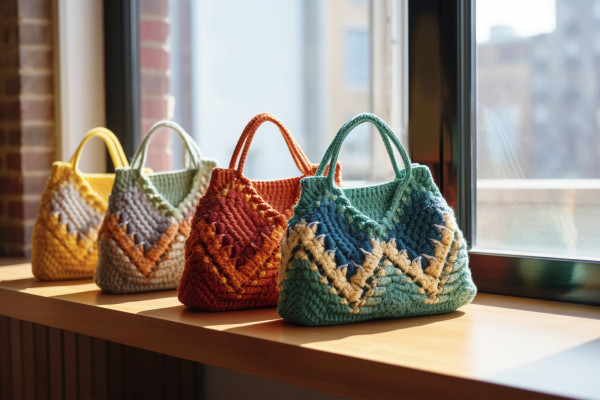But what is upcycling? It’s way of extending the life of goods as something that has already been manufactured, but has aged or its quality has deteriorated, by having its design or functionality improved. This practice reached its true zenith during the COVID-19 pandemic. Back then, many designers and crafty people undertook the task of retouching old fashion articles that they own so that they can put them up for reselling.
The word ‘upcycling’ is a variation of the word ‘recycling’. Recycling is done in two ways. One is for the compounding parts of the originals to be used as materials for new products. Through this technique one can create new accessories that contain famous logos as elements. So, you can easily acquire for example a pair of earrings or a necklace that were made with buttons of old luxurious clothes or pieces of designer handbags. The other option is to add new elements to an original product, which change the whole vision. They can be individualised for each client.
The threat of violating intellectual property rights comes from the use of elements coming from existing products. Since those goods are protected with intellectual property rights, the upcycling practice can breach those rights. The claims of trademark owners are assessed on a case-by-case basis. Among the main questions that are most frequently asked by users and traders are: should brand and rights owners forbid upcycling as a violation instead of stimulating it in support of the circle economy and sustainability? Should upcycled products be prohibited on the grounds of user confusion, which is unlikely, or should they be permitted on the grounds of expired rights? Is the public interest in this case more important in support of circular economy?
Since the environment is becoming a more and more important factor for consumers, the attention is being shifted to how intellectual property rights can encourage sustainability and waste reduction without the trademark owners losing the protection of their exclusive rights.


